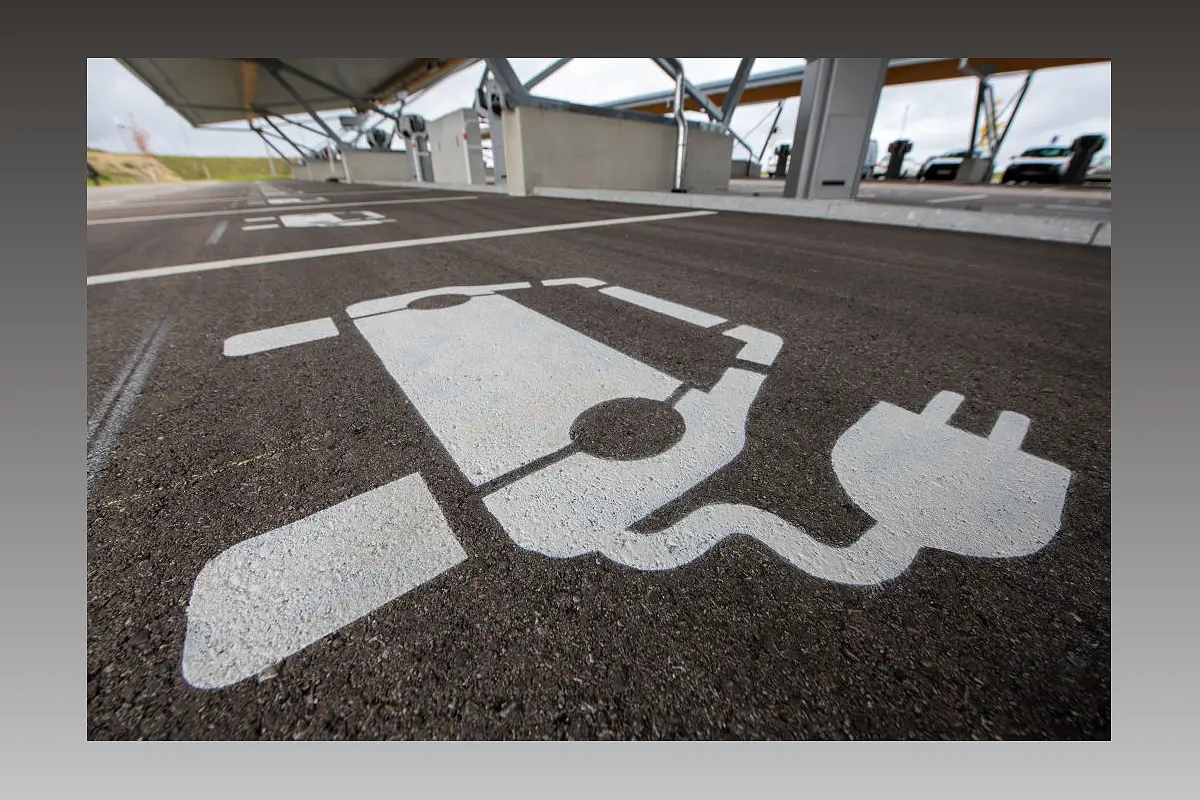The transition to electric vehicles (EVs) has been a topic of both excitement and concern in the auto industry. Recent news of delays in investments and adjustments to production targets have raised questions about the pace and financial health of the EV market. In this article, we will delve into the challenges automakers are facing in selling EVs profitably and the factors impacting the demand for these vehicles. Despite the hurdles, there is still optimism about the long-term growth of the EV market. Let's explore the current state of the electric vehicle market and the outlook for the future.
Challenges in Selling Electric Vehicles
Explore the difficulties automakers face in selling EVs profitably.
Despite the growing demand for electric vehicles, automakers are encountering challenges in selling EVs at a profit. One of the main hurdles is the high cost of production, which affects the overall profitability of these vehicles. Additionally, the limited charging infrastructure and longer charging times compared to refueling conventional vehicles pose concerns for potential buyers.
Moreover, automakers are grappling with an oversupply of certain EV models, leading to decreased profit margins. The uncertainty surrounding the pace of EV adoption further complicates production planning and investment decisions. These challenges highlight the need for automakers to find ways to enhance cost competitiveness and address infrastructure limitations to drive the widespread adoption of electric vehicles.
Factors Impacting Electric Vehicle Demand
Discover the key factors influencing the demand for electric vehicles.
Several factors play a role in shaping the demand for electric vehicles. One significant factor is the availability of government incentives and subsidies that make EVs more affordable for consumers. The expansion of charging infrastructure, especially fast-charging stations, is another crucial factor that can alleviate range anxiety and encourage EV adoption.
Consumer awareness and education about the environmental benefits of electric vehicles also contribute to the demand. Additionally, advancements in battery technology, resulting in longer ranges and shorter charging times, are expected to boost consumer confidence in EVs. As these factors continue to evolve and improve, the demand for electric vehicles is likely to increase.
Optimism for the Future of Electric Vehicles
Explore the positive outlook for the long-term growth of the electric vehicle market.
Despite the current challenges, there is optimism surrounding the future of electric vehicles. Analysts project that the market will experience significant growth as EV adoption becomes more mainstream. By 2030, electric vehicles are expected to comprise a substantial portion of the global automotive market.
Automakers are investing heavily in research and development to improve battery technology, reduce costs, and enhance the overall performance of electric vehicles. The increasing focus on sustainability and the global commitment to reduce greenhouse gas emissions further drive the transition to electric transportation.
As the EV market matures, economies of scale will lead to cost reductions, making electric vehicles more accessible to a wider range of consumers. With ongoing advancements and supportive policies, the future of electric vehicles looks promising.
Conclusion
Despite the challenges faced by automakers in selling electric vehicles profitably, there is optimism for the future of the EV market. The demand for EVs continues to grow, driven by factors such as government incentives, expanding charging infrastructure, and advancements in battery technology. As the industry evolves and economies of scale are achieved, electric vehicles are expected to become more accessible and affordable for consumers.
The transition to electric transportation is a crucial step in reducing greenhouse gas emissions and combating climate change. With ongoing investments and advancements in the EV sector, we can look forward to a future where electric vehicles play a significant role in sustainable transportation.
FQA
What are the main challenges in selling electric vehicles profitably?
The main challenges in selling electric vehicles profitably include high production costs, limited charging infrastructure, longer charging times, and oversupply of certain EV models.
What factors influence the demand for electric vehicles?
Factors influencing the demand for electric vehicles include government incentives, charging infrastructure availability, consumer awareness, and advancements in battery technology.
Is there optimism for the future of electric vehicles?
Yes, there is optimism for the future of electric vehicles. Analysts project significant growth in the EV market, with increasing investments in research and development, cost reductions, and global commitments to reduce greenhouse gas emissions.

